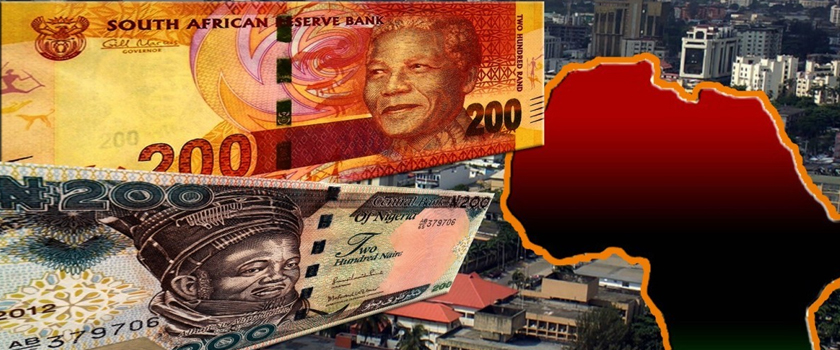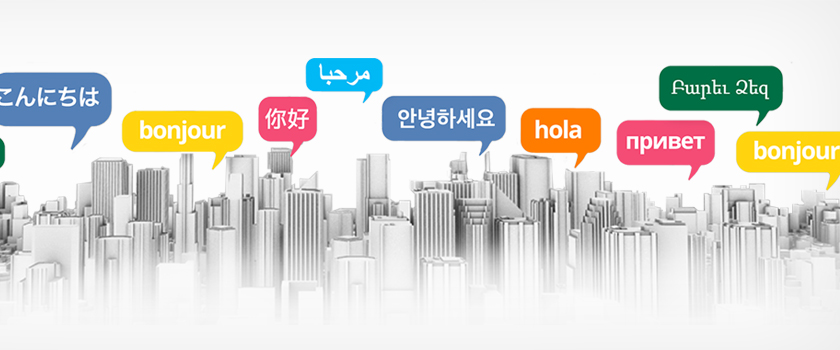2025 Offer Request a Quote Today and Grab a $50 Coupon for Free!
In this digital world, you can show your emotions to others with the help of emojis. The word emoji is derived from the Japanese language. E is for pictures, mo is for writing and Ji is for characters. Emojis are icons that are converted from emoticons and appear on keyboards. In 1982, professor Carnegie Mellon used a smiley face on the general board of the computer. This resulted in the evolution of emoticons.
Emojis are the actual icons whereas emoticons are a series of text characters that are used to form a gesture or facial expression. Unicode is the foundation of modern writing systems and Emoji is integrated into this writing system. Emojis are first written in different code numbers and points. After that, they are encoded in Unicode transformation format. In this way, they are easily transferable to machines and reduced to graphical appearances by different platforms. Even though emoji have different meanings on different platforms but Unicode Consortium is making sure that emoji are standardized on each platform.
Emojis or emoticons are the best sources to depict your emotions. But the question is are they universal or not. Does a sad face or smiley face depict the same emotions around the world despite cultural, regional, and linguistic differences? Is it necessary to translate emojis to keep the context clear?
We all know that translation is a very demanding task especially when we have to resonate the translation according to the culture. In this respect, translation of Emojis is also very challenging. Even the most proficient translator will face difficulty in translating it. Previously, emojis were designed for the internet only. Emojis are used to depict many different kinds of emotions. Therefore, it is very difficult to keep it aligned with the original content. For the translation and localization of the content for different apps, social media messages, and web content, you have to translate the emojis more than once. Translation of emoji is more tedious because of the reason that every app on mobile and social media has different characters. This also shows that some emojis are not available on all devices and platforms. Here the question is how to translate and localize the Emojis appropriately.
Sometimes, you have to conduct research to know which emoji locals are using to depict their emotions in different situations. Apart from smiley faces and hearts, there are some other emojis that people use in their daily conversation and it all depends upon their culture. According to one study, each set of the population uses symbols on social media according to their preference. Russians are famous for using emojis like heart eyes whereas French speakers use hearts four times more than any other nation. When we talk about Arab countries, they use emojis of plants and flowers. Contrary to this, people of Canada use emojis related to money. To ensure the accuracy in the use of emojis, you should consider them as a different dialect. Therefore, it is recommended to use an Emoji glossary for each language. In this way, you can translate the emojis accurately with less time.
Emojis are used everywhere. Therefore, it sometimes becomes difficult to illustrate the correct meaning. In the translation of emojis, make sure that you understand the meaning of each character to make your conversation understandable. For this purpose, you can use sites like Emojipedia or Emoji meanings. They will guide you on how you can use each character. Moreover, they guide you on how you can use emojis to portray emotions in every situation. But the problem arises when emojis have multiple meanings and are easily mistranslated. If you are unable to understand the meaning of emoji then ask your client to provide you with insights into the text. In this way, emoji translation will be accurate while being intact with the original message.
Emojis are the nonverbal utterance of emotions. It adds value to the emotional side of conversation if used correctly. Global and multinational organizations use emojis to connect with their customers emotionally. They have to be very careful because there is a thin line between evoking emotions and making the listeners confused. In the year 2015, Chevy announced its new release Chevrolet Cruze 2016 with the use of emojis. That message was so confusing that experts said that this message has no value for customers. Therefore, Chevy decoded the message before their release. Too much use of emojis in the content had made the marketing campaign vague. Therefore, many brands decided to make less use of emojis. Thus, if you come across content that is not making sense to foreign customers then remove or substitute them. To discuss the impact of using a translating emojis with your potential client and resonate your content with the new target market so that your message is properly conveyed.
Although communication through emoji is more efficient and to the point, it gets difficult with cultural differences. People from different cultures link emotions with different situations. Universal feelings are love, anger, and fear. People from all around the world react to these emotions according to their cultural norms that are different in every region. According to the group of researchers, people interpret emojis differently. Why? This is because of different cultural backgrounds and the difference in the platforms on which emojis are shown. The more the emoji is used, the more the difference occurs. For instance, people see smiling faces both with open mouths and closed eyes. It is interpreted positively and negatively because people express their emotions differently as far as facial expressions are concerned. At the same time, people use different operating systems like iOS and Android. The emoji that you write in Android is perceived differently as compared to the emojis that you used in iPhone.This results in a different interpretation of the same icon.
Emojis is a universal language that is understood by everyone. However, many people don’t try to learn the meanings of emojis. In many cases, they are understood by their context. Therefore, during the translation of emojis, you have to understand the ways that help to know the meanings depend upon the target audience. If the translation of the context is accurate then there is a high probability that people will understand the emojis easily. When the emojis are allied with the text then it will enhance the quality of the content and users get more engaged with your conversation.
A picture is worth a thousand words is an important saying that depicts the use of emojis. You can use Emojis in marketing content to engage the customers. Therefore, it is very important to translate the emojis correctly to have clear communication with your clients. For this, you have to learn why emojis are popular in the target language and in which context local people are using it. In this way, you can provide the right translated emojis to your clients.

On the Labour Day Holiday, 147,000,000 Plus Chinese people choose to travel around the country. Labour Day is one of the
Read more
There are 196 countries in the world in which 25 of them are very rich which shows that they are
Read more
dwg: It means a drawing file save format created by AutoCAD, and now has been the standard format of 2D
Read more
To sum up the publicity stance, sometimes the marketing campaigns do not have their envisioned result. When publishing the brand ads
Read more
The state of Assam is the king producer of tea in India; Dibrugarh is the hub of tea gardens in
Read more
Digital signage is the form of electronic display that shows information, advertising and other messages. Digital signage such as LCD,
Read more
Did you know that Malay’s official name is Bahasa Malaysia? Did you know that it is basically a parent language
Read more
Portuguese is the language that far too often gets ignored. But the truth is Portuguese is one of the world’s
Read more
For the past 5-6 years, Translation Services have seen a great boom in business. Although, large corporate firms have been
Read more

